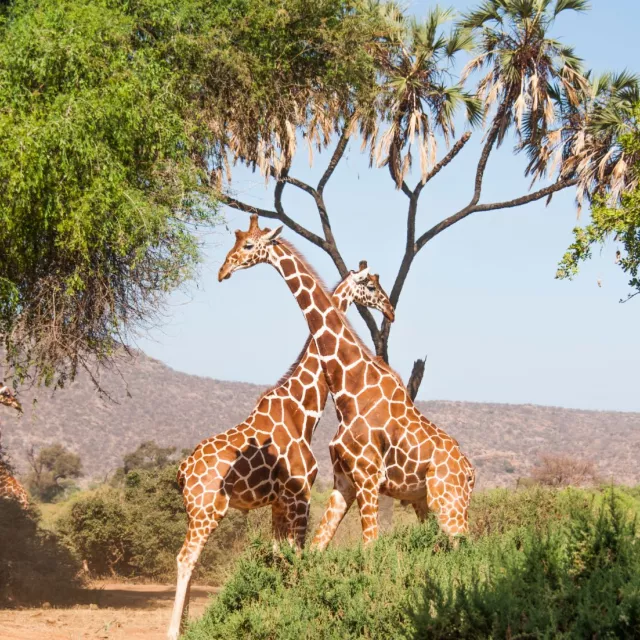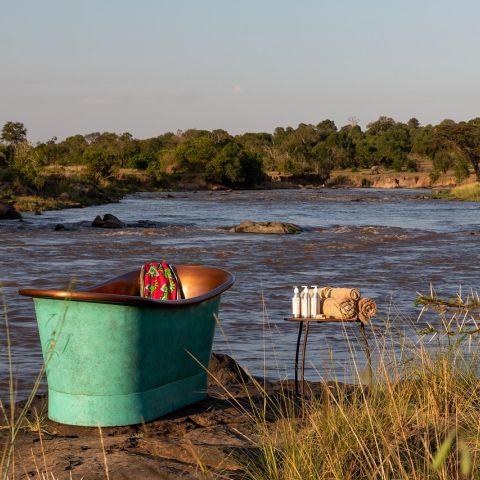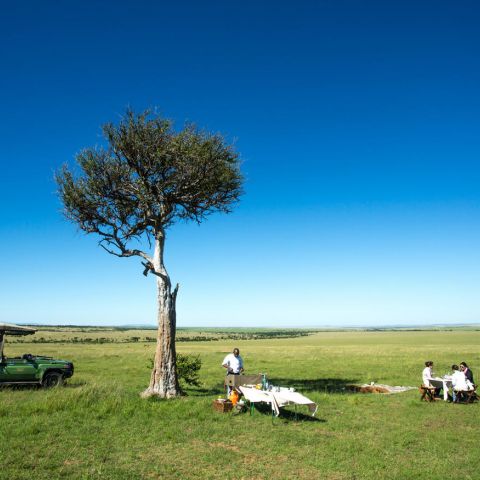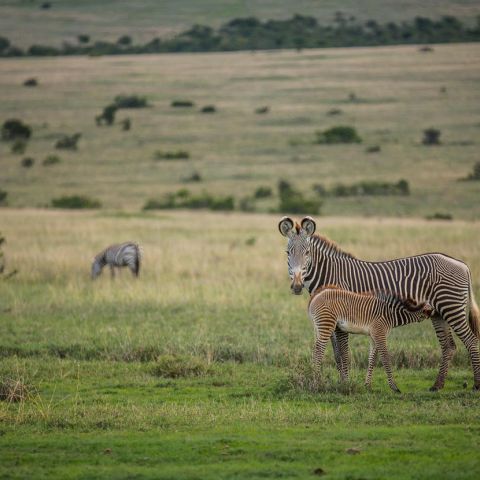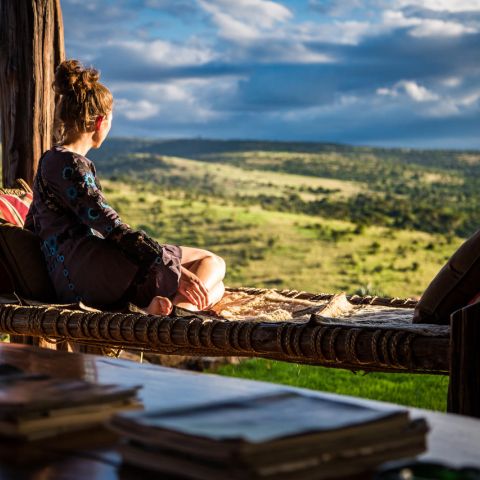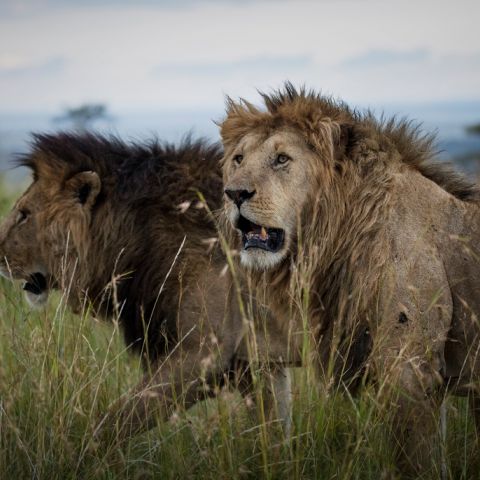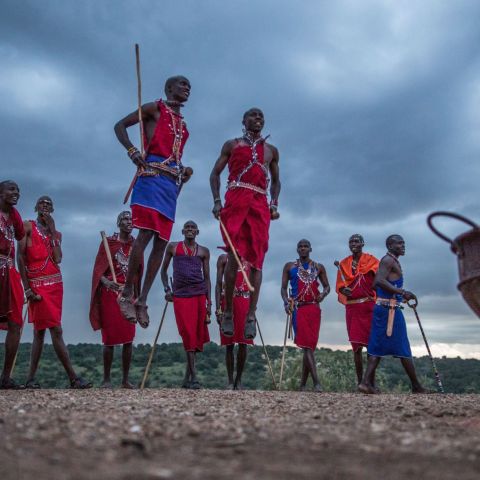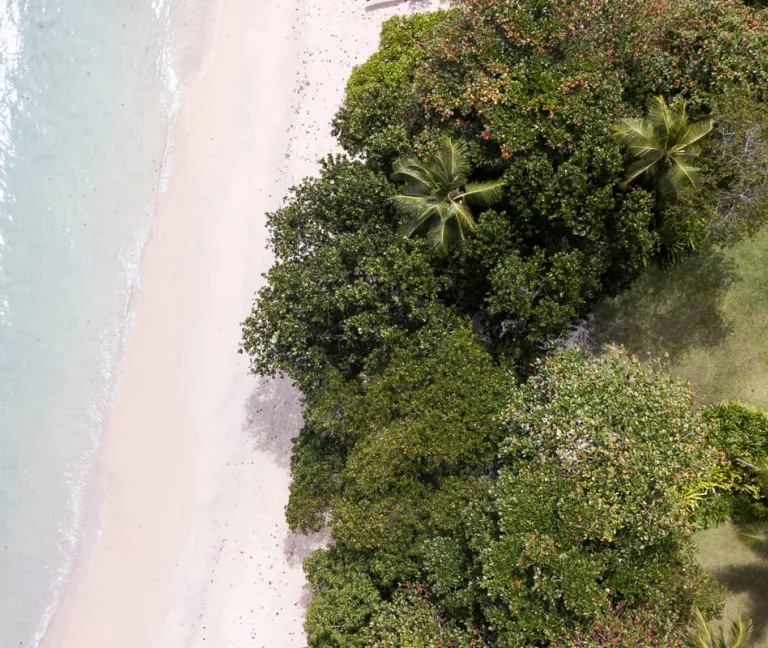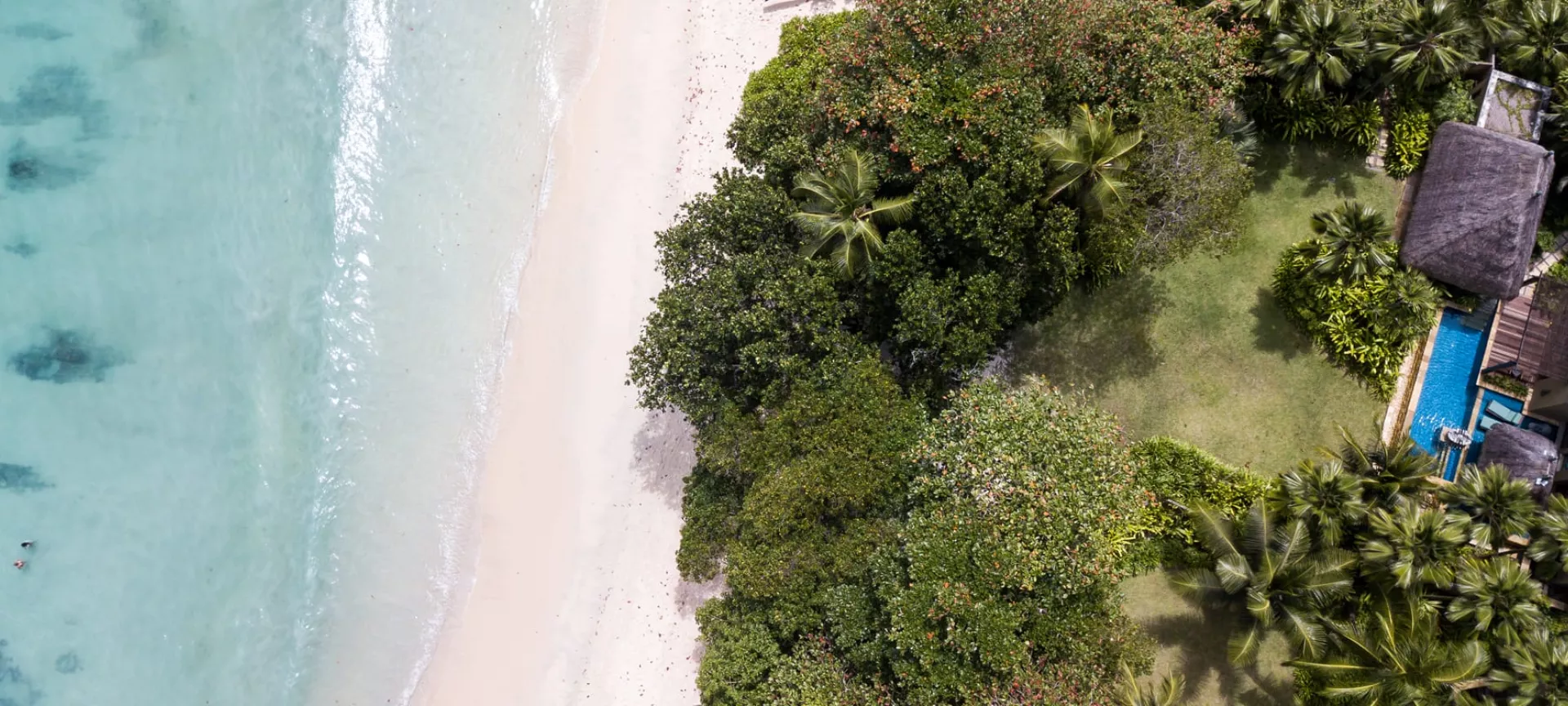Time your visit with Kenya’s seasons
Like most East African countries near the equator, Kenya has two main seasons: the dry season and the green season. Slightly confusingly, however, there are two green seasons and two dry seasons. A quick overview would look like this.
Dry: June - October & December - February.
Green: March - May & November.
If you are hoping to witness the Great Wildebeest migration, you should aim to travel between July and September.
From March through to the end of May the 'long-rains' fall across Kenya, and during November the 'short-rains' arrive. While this seems rather daunting, many camps remain open during these months and visitors are rewarded for their bravery. Visitors during this time can be unlucky and experience couple of wet in a row, though typically the weather pattern is for big storm clouds to build up during the day (a spectacular sight) which then breaks into a torrential downpour over the course of about half an hour. The sun then comes back out and dries everything out within moments.
From June until late October, the skies clear and there are glorious long days of dry weather. These are typically the busiest months in Kenya as a result of the migration heading into full swing. Rates are often a lot higher during these months and availability for space can be tough to come by.
During January and February, the skies are clear again after the 'short-rains'. This is a great season to go if you are keen to avoid busy National Parks and beaches.
